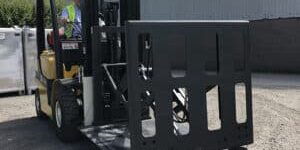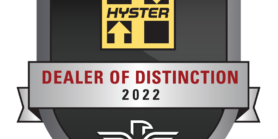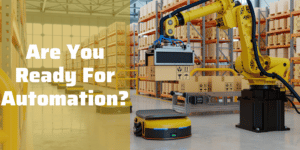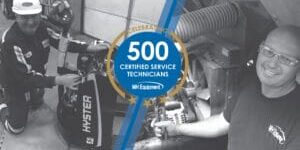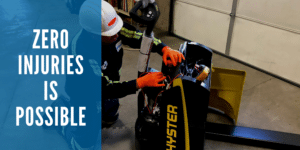Like what you see?

Forklifts are some of the most commonly used pieces of equipment in the supply chain, used to efficiently move product to the next link in the chain. However, like any piece of industrial equipment, there is always the risk of injury when operating forklifts.
According to OSHA, forklifts cause about 85 fatal accidents each year. Moreover, nearly 35,000 forklift-related accidents result in serious bodily injury, and about 62,000 injuries are classified as non-serious each year. To put that further into perspective, about 1 in 10 forklifts will be involved in some type of accident this year, according to the Industrial Truck Association (ITA).
However, despite all of these harrowing numbers, we also know roughly 25 percent of these accidents are due to inadequate or a lack of forklift operator training. Translation: 25 percent of these accidents can be completely preventable.
By renewing your focus on forklift operator training, you can have more peace of mind knowing your workplace isn’t adding to any of the aforementioned statistics. Here are 9 of the most effective tips for how to avoid all-too-common forklift-related injuries and to put forklift safety procedures into practice:
1. Create Forklift Certification Opportunities
Because many accidents are the result of poor or a lack of training, it is recommended operators be responsible for operating a forklift only after completing an OSHA-approved certifications class. This certification should be reevaluated every three years; however, investing in supplemental training, such as OSHA’s training resources, is encouraged to keep operators fresh on best safety practices.
2. Require Forklift Inspections Each Shift
Forklifts are put through stress each and every day, the weight of the supply chain hinging on its forks. They make the same movement hundreds of times while simultaneously balancing thousands of pounds of product over numerous hours each day.
Because of this tough work, it’s important to inspect lift trucks before each shift to ensure operators can start their day safely and effectively. Daily pre-shift inspections are recommended to identify any problems or hazards that could prevent potential injury. Here are a few things to check before operating a forklift:
-
Examine tires for any obvious damage
-
Check for any water, radiator, or oil leaks
-
Keep an eye out for potential environmental hazards (like grease stains or cracks in the floor)
-
Test operational controls like horn, lights, and brakes
-
Examine fluid levels (hydraulic, brake, engine, coolant, and fuel)
-
Check the condition of the forks
If the forklift needs repair, it should not be operated until the problems have been addressed. MH Equipment’s certified technicians can swiftly diagnose and address any issues you may find. Check out this list of five forklift parts to routinely inspect for wear and tear to help ensure safe operation.
3. Maintain High Visibility at All Times
Blocked or partially-blocked visibility increases the chance of accidents. Be sure to keep the forks low to the ground to provide a clear view moving forward. If the load restricts visibility, operate the forklift in reverse, your eyes looking in the direction you are moving. Here are some other best practices for maintaining high visibility:
-
Use spotters if help is needed positioning the load off the rack
-
Equip headlights if working at night, outdoors, or in any area with poor lighting
-
Make direct eye contact with pedestrians when operating a lift truck near them
-
Slow down, sound the horn, and cautiously approach facility blind spots, such as aisle intersections
-
Drive slowly into and out of warehouses or other buildings, as going from bright daylight into a darkened warehouse may temporarily blind drivers just long enough to be a hazard to other workers and property.
MH Equipment offers numerous ancillary products like safety lights and rear-view mirrors that can make an impact on the safety of your day-to-day operations.
4. Operate Forklifts at a Safe Speed
Be sure to operate the forklift within the pre-determined speed limits to avoid serious injuries from tip-overs and whiplash from stopping too abruptly. Tip-overs can occur when operators stop, turn, change direction, or make sharp turns at too high of a speed – each of these can result in the operator being ejected from the forklift or being crushed by the equipment or the load they’re carrying. According to the ITA, forklift tip-overs are the leading cause of forklift-related fatalities, with 42 percent of all major forklift accidents being caused by tip-overs.
5. Ensure Load Stability and Security
In addition to speed, off-center loads, overloading, and loading damaged loads are often the primary causes of unstable loads that can lead to a forklift tip-over. Each forklift has a center of gravity and is built on a three-point suspension (often referred to as the “stability triangle”), that operators need to stay within to prevent a tip-over. The heavier the load, the further the center of gravity is from the center of the stability triangle, and therefore, the less capacity your equipment can lift. Here are some tips for difficult loads:
-
Off-Center Loads: If a load cannot be centered on the forks, arrange the load so the heaviest part is close to the front of the wheels.
-
Overloading: Be mindful of the capacity of the lift truck and any attachments being used, and be sure to consult the manufacturer’s instructions before picking up a load (especially if it’s large or awkwardly shaped) to ensure you are not exceeding capacity. If the manufacturer instructions are not available, use OSHA’s Safe Load Capacity Calculation as a guide for safe loading.
-
Damaged Loads: Avoid picking up damaged loads unless they have been safely secured by wrapping or banding.
6. Know OSHA’s Floor Marking Requirements
Busy warehouses, loading docks, pedestrian traffic, and heavy equipment traffic can make it difficult for employees to work and move safely throughout the workplace. To combat this, floor marking can establish pedestrian-only paths, keep workers away from unsafe loads, and establish traffic controls for forklift operators.
OSHA specifically addresses floor marking in its standard on material handling and storage (29 CFR 1910.176), where it states, “Permanent aisles and passageways shall be appropriately marked.” This means a few things:
-
Floor marking lines must at least 2 inches wide to ensure high visibility, though it’s recommended lines be 2-6 inches wide.
-
Aisles should be at least 4-foot-wide, or at least 3 feet wider than the largest piece of equipment being used in that aisle.
-
If the facility has unusual surfaces (like dirt floors), flags, traffic cones, and other similar markers may be used as long as employees are trained on what the system means.
The color of the floor marks is incredibly important, too. Red identifies fire-related hazards, as well as emergency switches and hazardous machines. Yellow signals caution and marks physical hazards, such as falling or tripping hazards.
Make sure floors are marked appropriately throughout your facility, and make sure employees have a clear understanding of what the symbols and colors mean to create a safer workflow.
7. Refuel and Recharge in Specified Areas
Keeping equipment properly fueled and charged isn’t just important for maintaining productivity – it can also mitigate the risk of injury if the lift truck stops unexpectedly due to a lack of power. When recharging or refueling, also make sure you’re doing so in the designated area of the facility, which is usually well-ventilated and away from common workplace hazards. Remember to always turn off the lift truck before refueling, and to have the forks lowered to the ground and tilted downward.
For internal combustion engine forklifts, it’s important to have regular engine emissions tests to monitor any dangerous levels of carbon monoxide that can be harming employees, especially if the lift truck is continuously operating in an enclosed environment.
8. Listen to Your Body
Forklift operators’ bodies are put through a lot of stress when operating heavy equipment. Repetitive movements, sitting for long periods of time, and equipment vibration can all take a toll on the human body, creating issues like body pain, musculoskeletal injuries, and fatigue. Many of these can lead to chronic pain. Some of the common issues and tips for avoiding these injuries include.
-
Neck and Back Pain: Take breaks to stretch and use the seat’s backrest to avoid slumping.
-
Shoulder Pain: Keep elbows in while driving, stretch regularly, and use armrests, if possible. Holding your hand in a handshake position when using the controls can help, too.
-
Knee Pain: Be sure to walk for a few minutes every hour, and don’t jump on or off the forklift – opt to use three points of contact when entering or exiting the machine.
-
Musculoskeletal Injuries: These injuries can be caused by jerking or repetitive movements that damage discs, blood vessels, and muscular and nervous tissues over time. Stretch as much as you can, and use ergonomic seating, if possible, including suspension seats, armrests, and swiveling seats, to avoid injury.
-
Fatigue: When taking breaks, be sure to drink plenty of water. With long periods of time sitting, it’s important to walk as much as possible on your shift to boost energy levels.
When operators aren’t distracted by pain, they are more likely to make better, safer decisions throughout the rest of their work.
9. Wear Proper PPE
It is also important to dress appropriately before operating a forklift to avoid common workplace injuries:
-
Hard Hat: While the forklift’s overhead guard can provide some protection, falling objects can still cause significant harm. A hard hat can take much of the brunt of the impact and prevent serious head injuries.
-
Protective Eyewear: Wearing safety eyewear helps ensure no dust particles or other foreign objects can impair vision when operating a forklift. This is especially relevant for any operators who work outside and are exposed to wind and dirt or dust.
-
Steel-Capped Boots or Shoes: Reinforced footwear can prevent your foot from being crushed or being run over by a forklift or the misplacement of a heavy load.
-
High-Visibility Vest: Reflective, high-visibility clothing ensures you can be easily seen and identified by both pedestrians and other forklift operators, even in darker environments.
-
Hand Protection: Because forklifts have several moving parts that need oil and grease as part of regular maintenance, residue can often find its way onto the steering wheel or controls. Wearing gloves can reduce the slipperiness of any residues (while protecting the operator’s skin), as well as protect the hands when handing loads (avoiding splinters, chemical spills, etc.).
Also remember to tuck in any loose clothing to prevent potentially-hazardous snags on the forklift or its controls.
The Bottom Line
Regular, proper operator training is the best way to prevent accidents and injuries, as well as to promote a culture of safety, in the workplace. Accidents happen with all types of operators, no matter age or experience – that’s why keeping safety top of mind is never a poor investment.
If you are ready to renew your investment in forklift safety, MH Equipment offers two types of forklift training and certification classes to help ensure your operation is OSHA-compliant – a forklift operator certification class and a train-the-trainer course designed for individuals responsible for training other employees how to safely operate a forklift.
Call MH Equipment today at 888-564-2191 to learn more about our training opportunities and to renew your workplace’s focus on forklift safety.
We are here to help.
Count on our friendly support team to provide the guidance you need. (614) 871-1571
